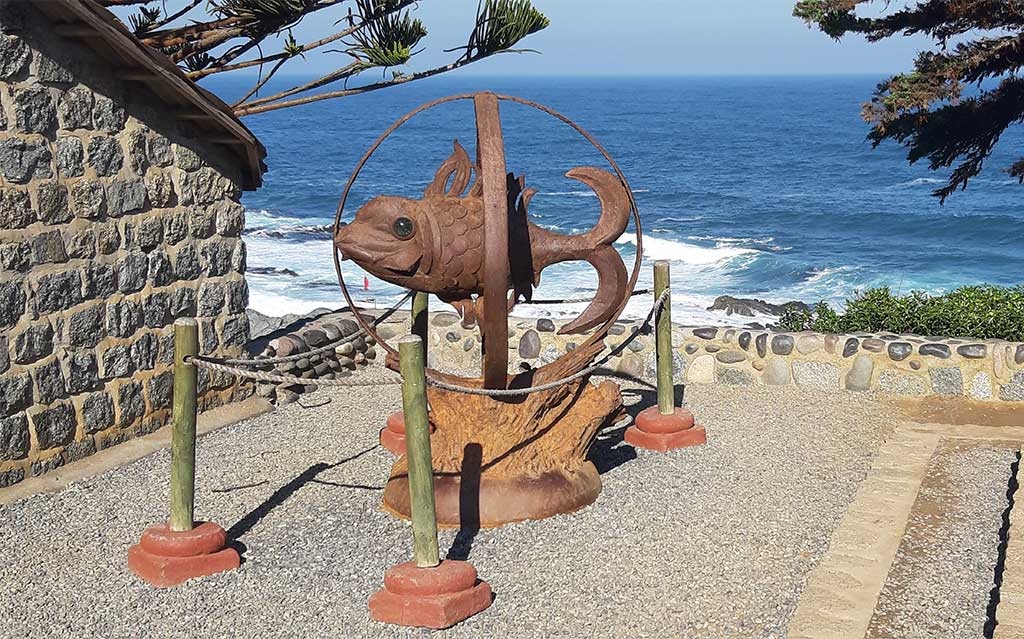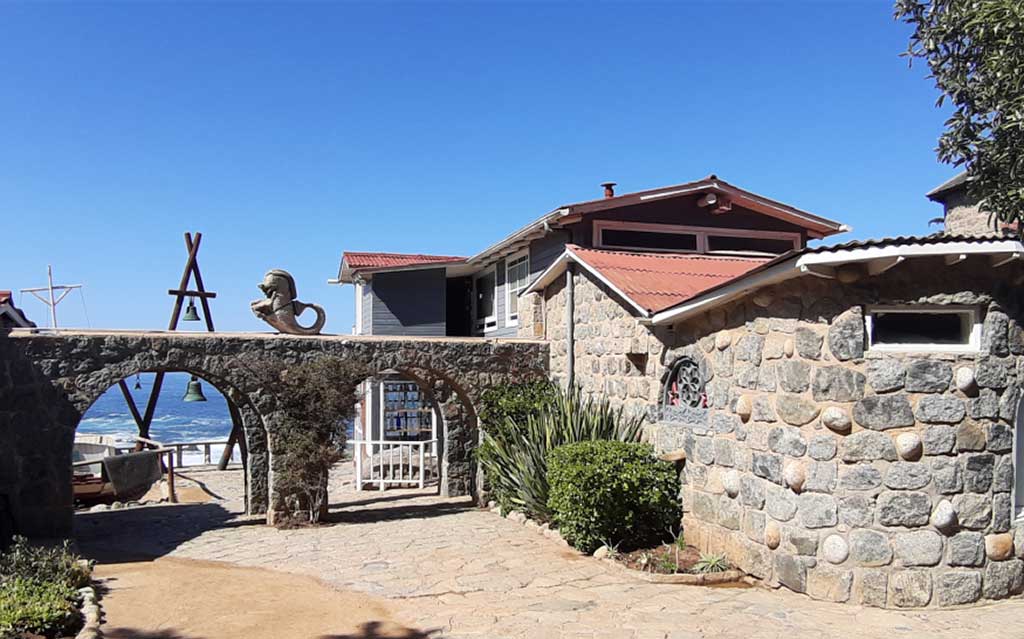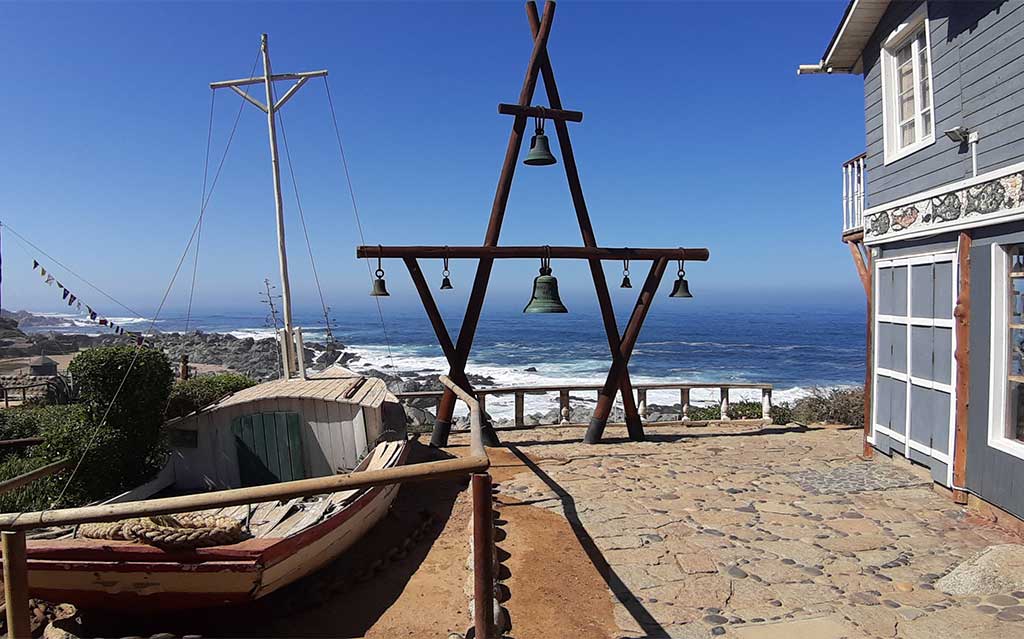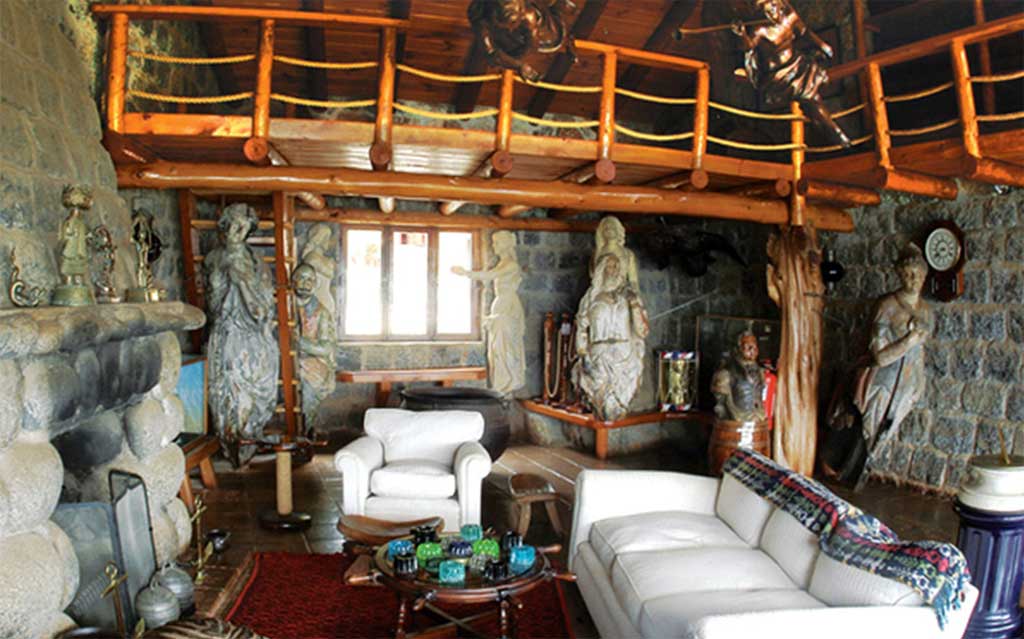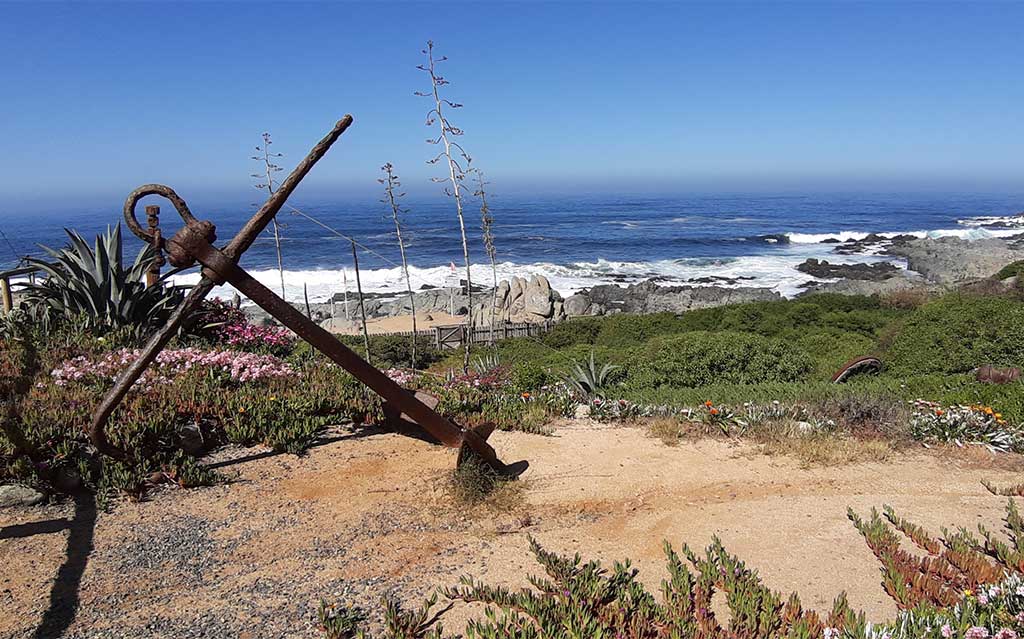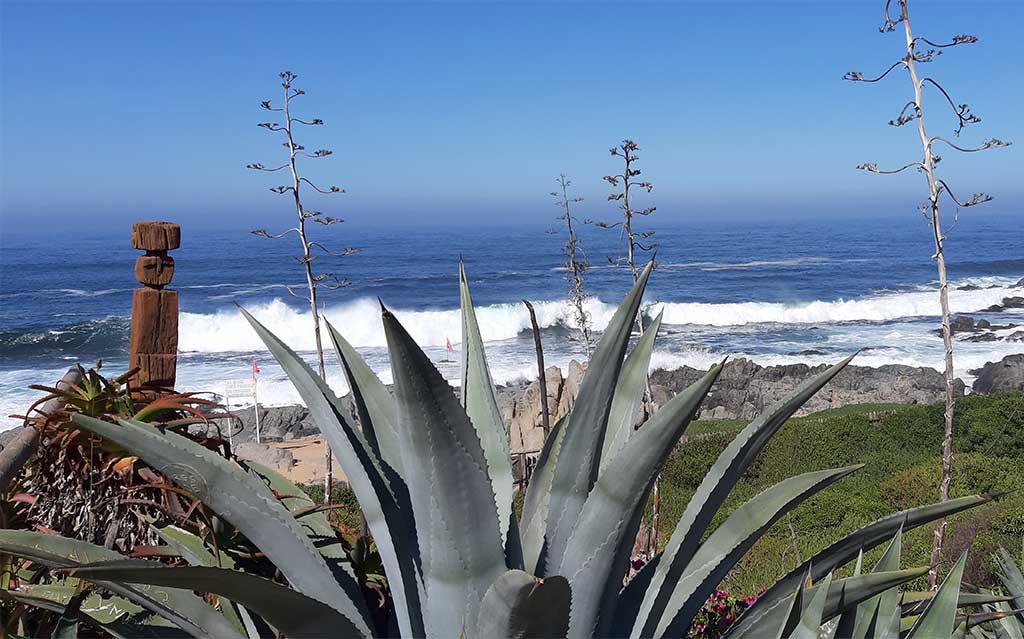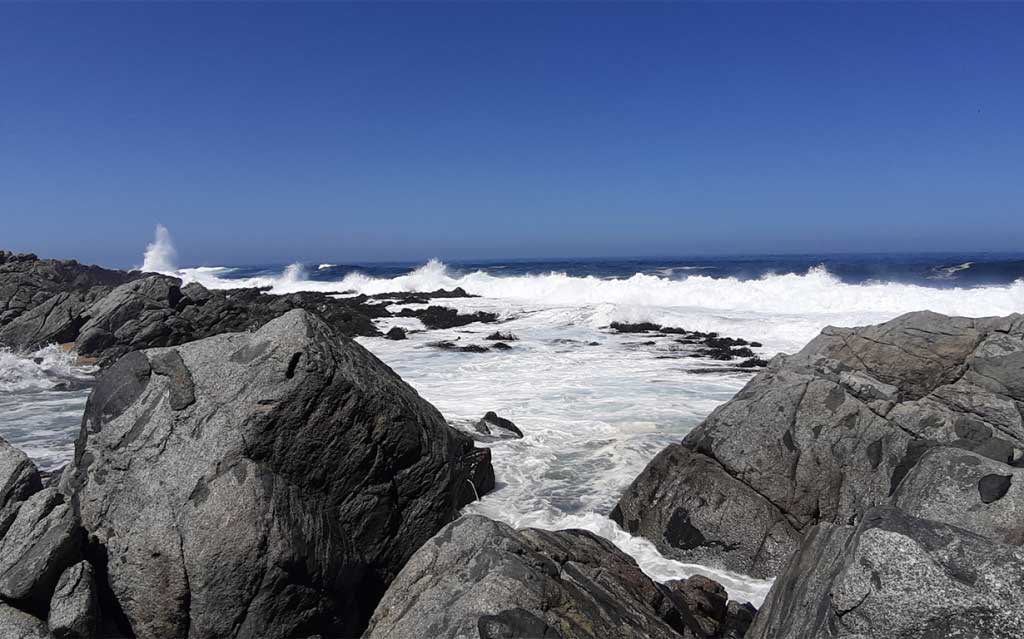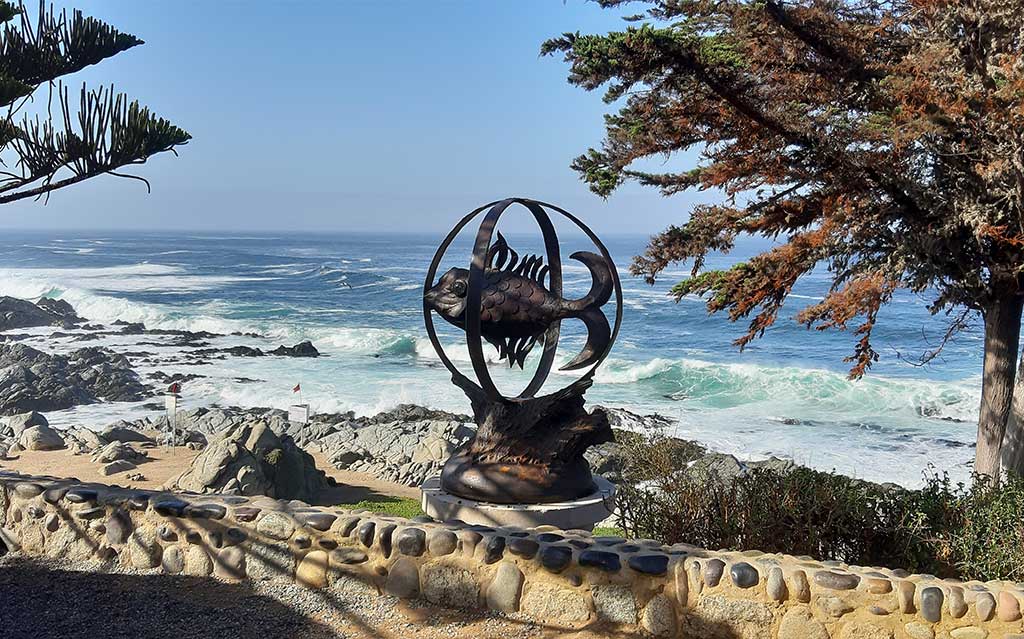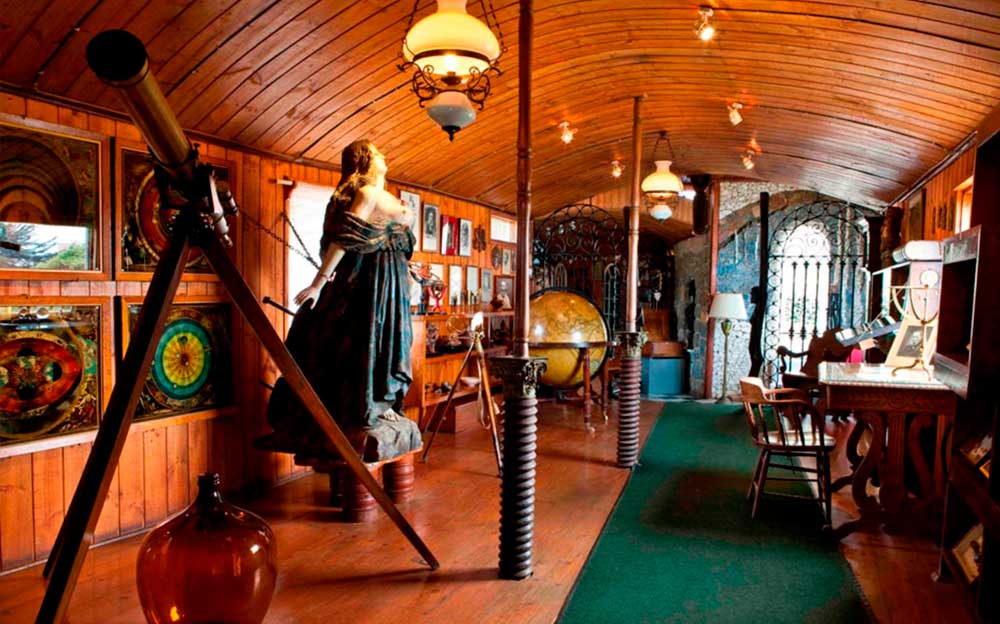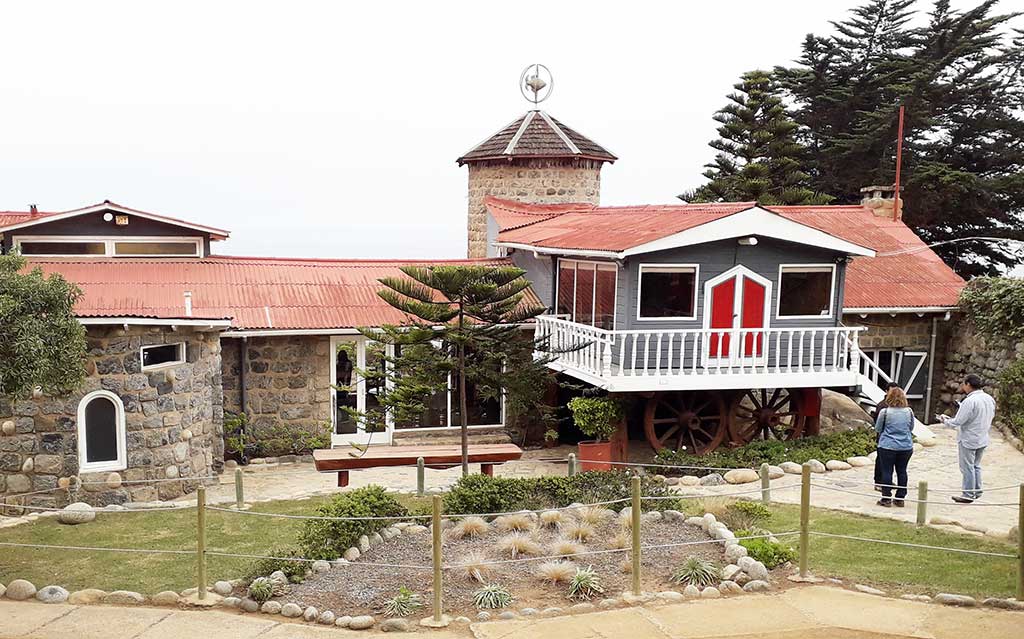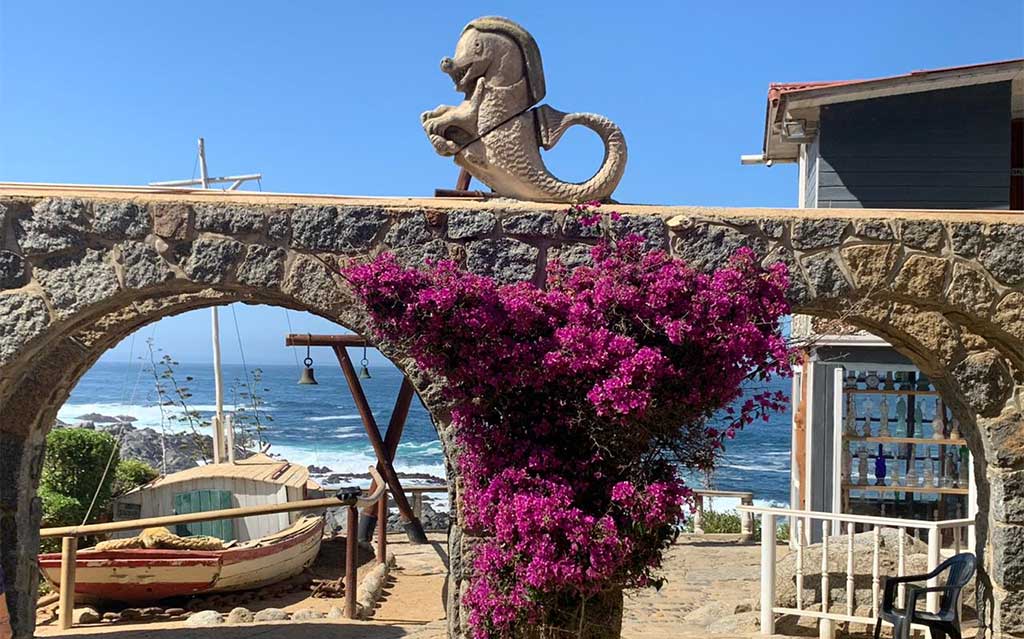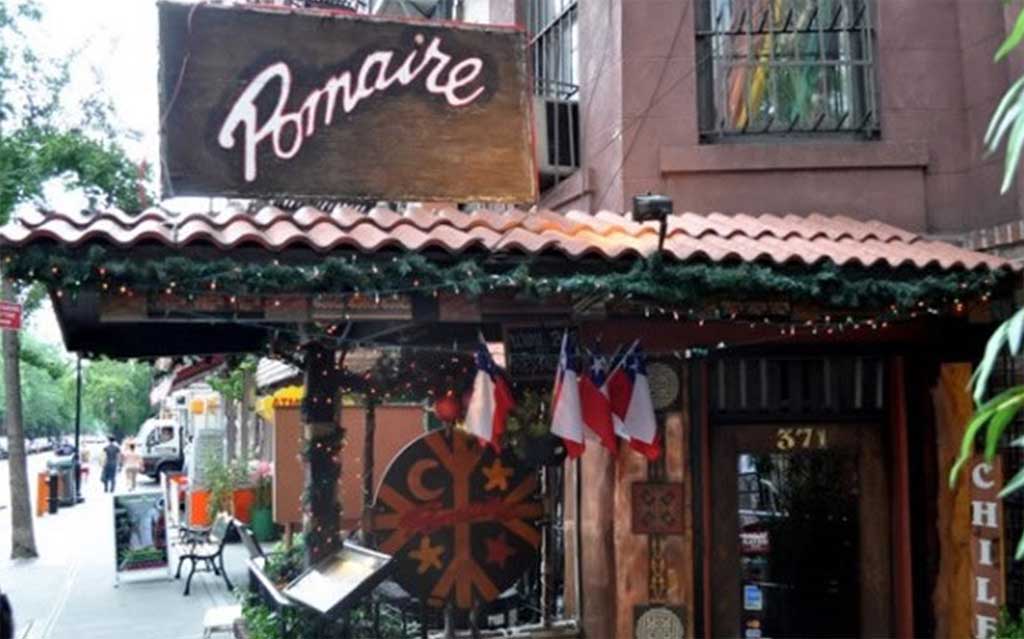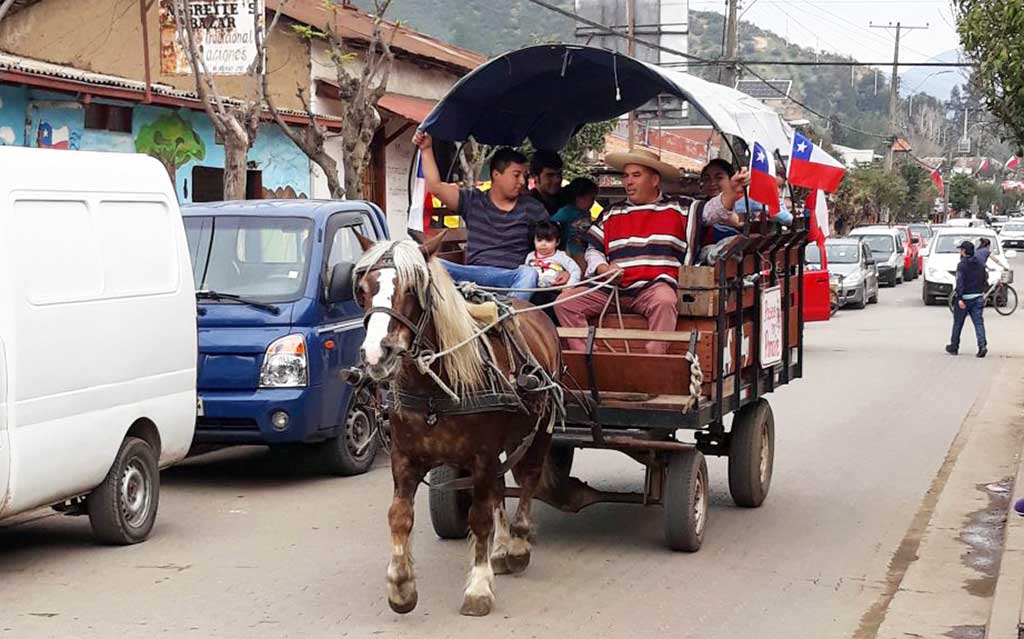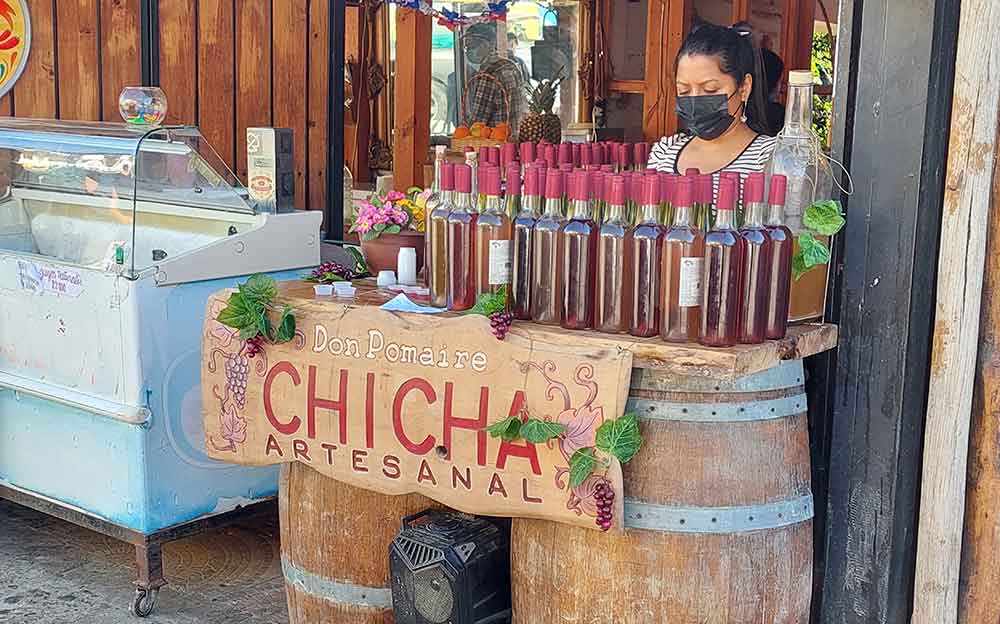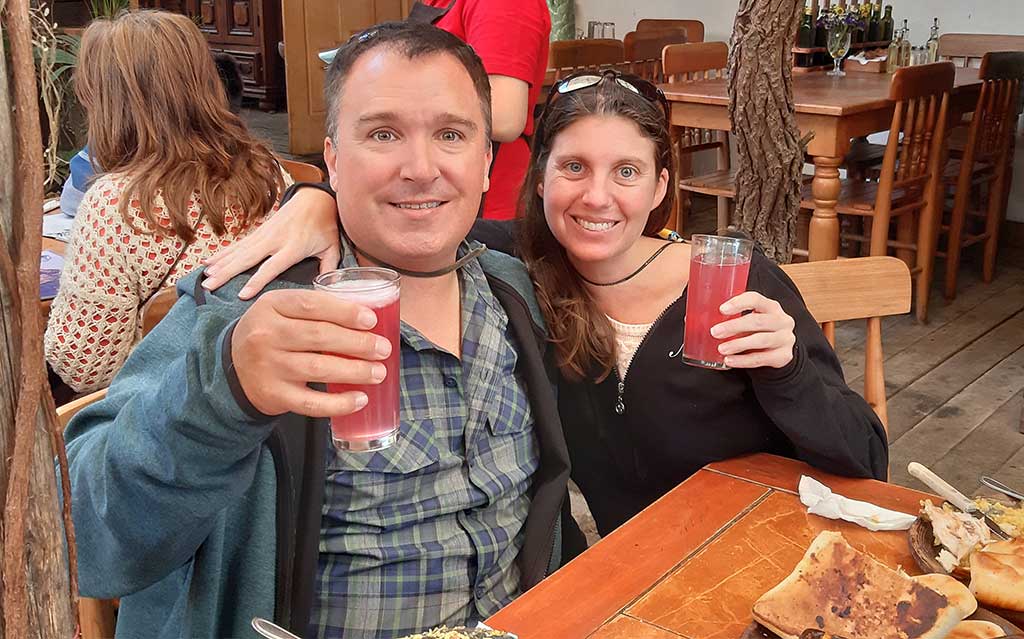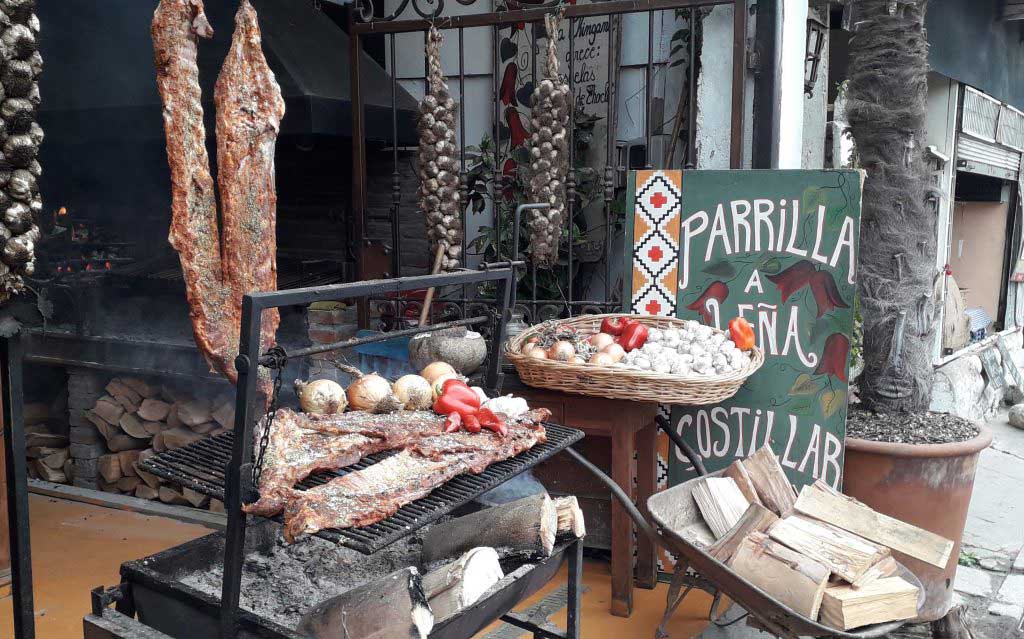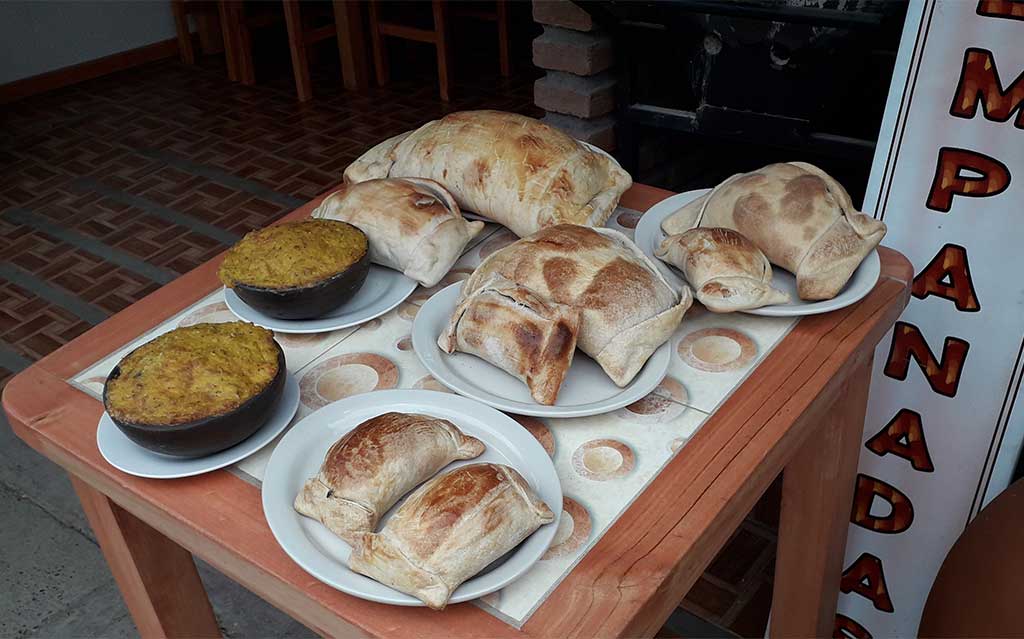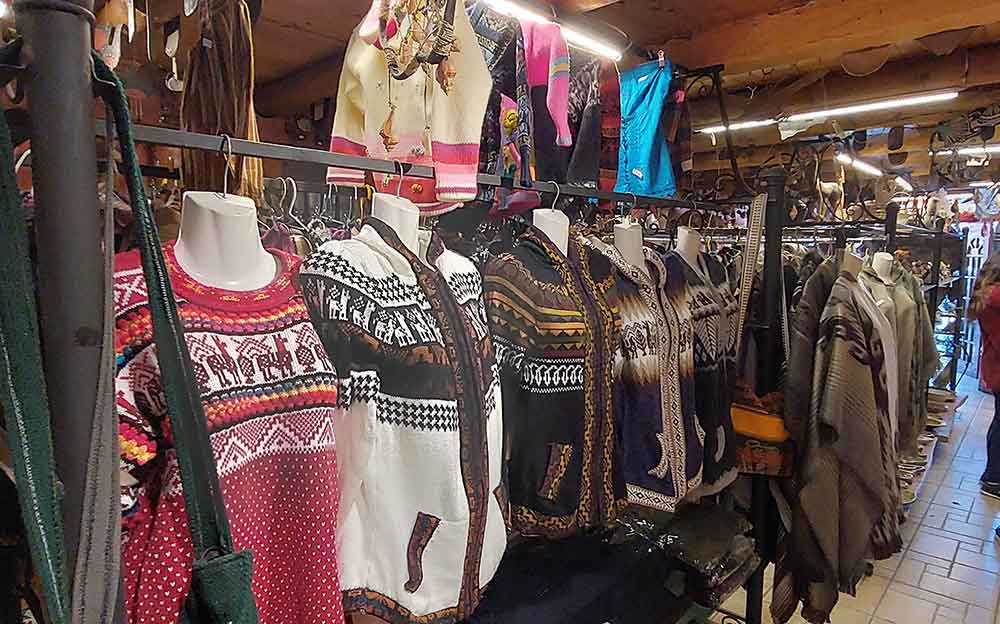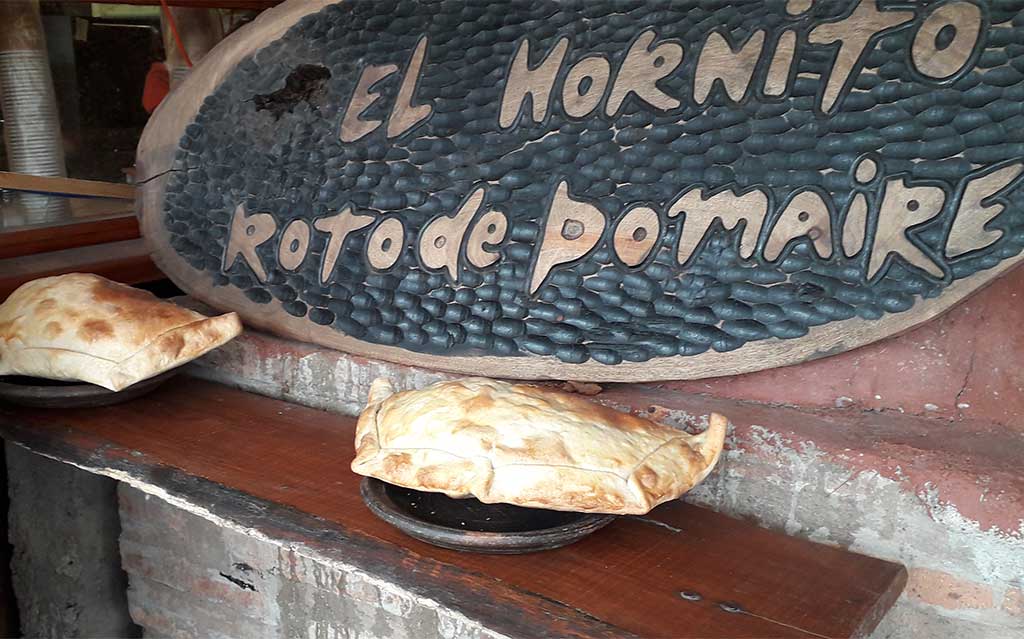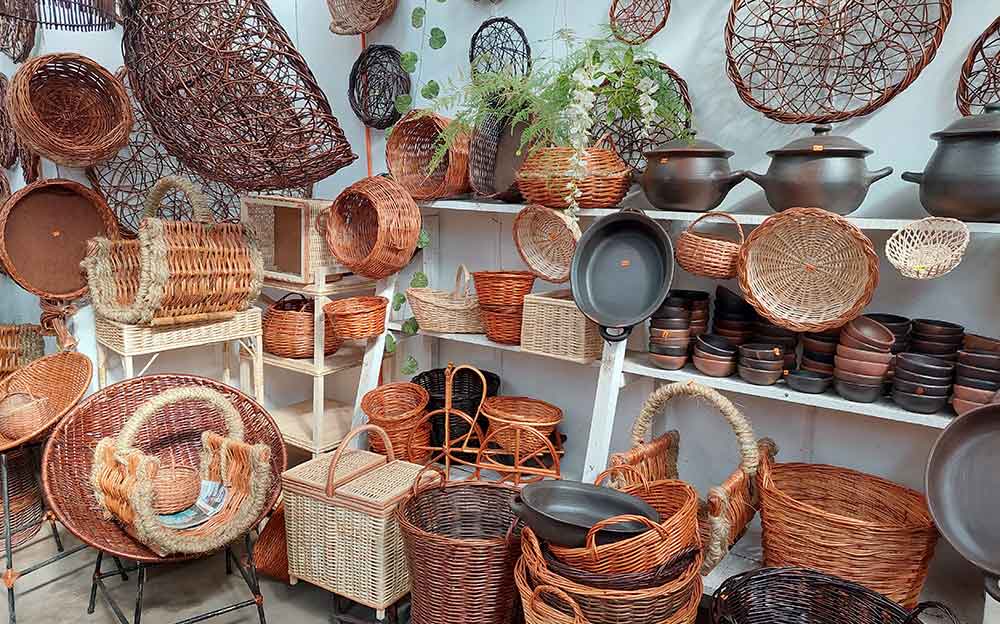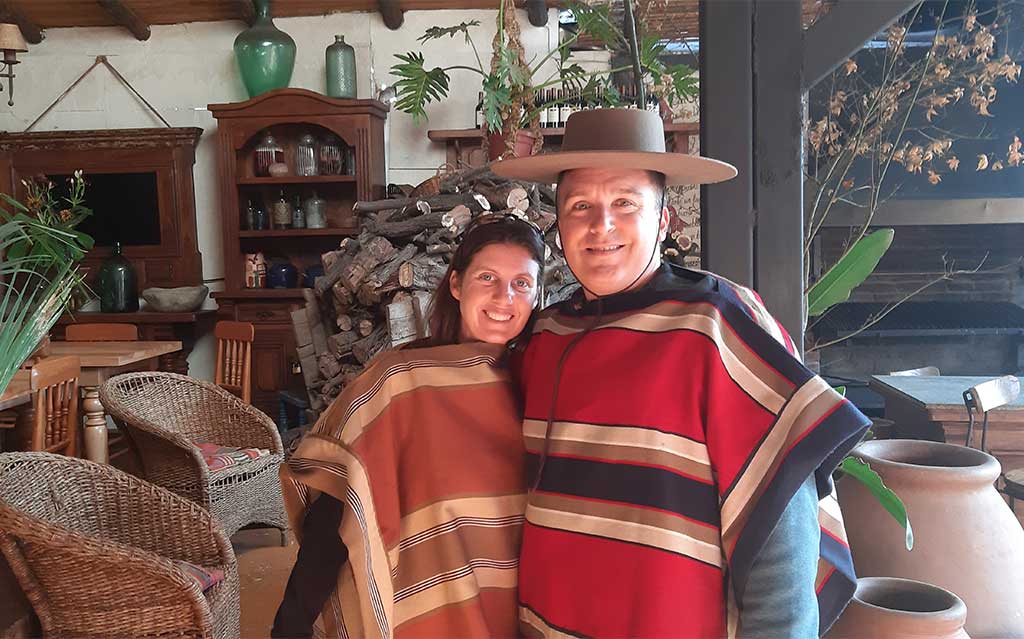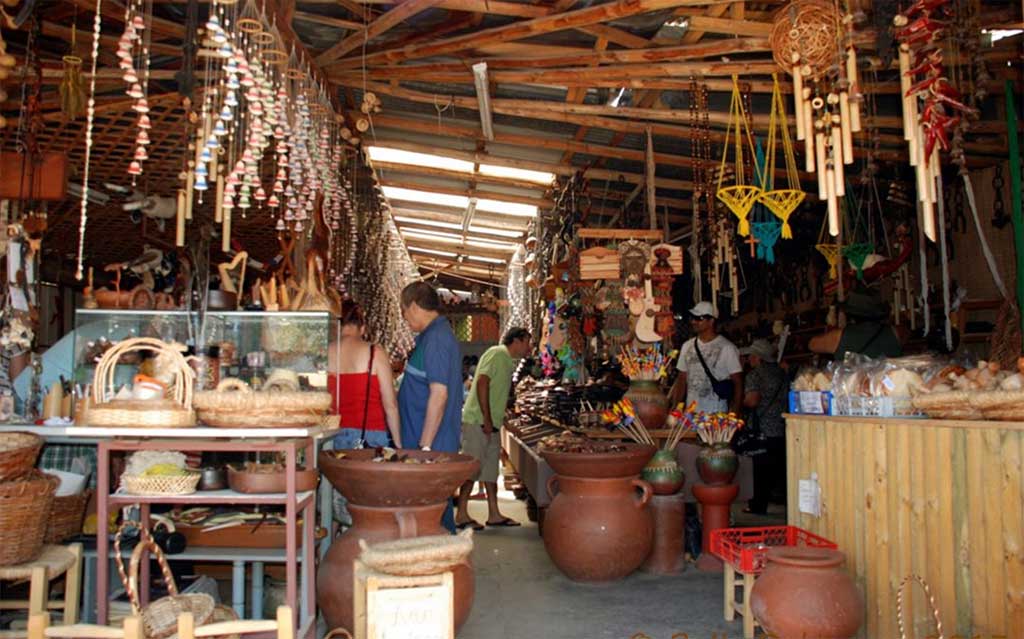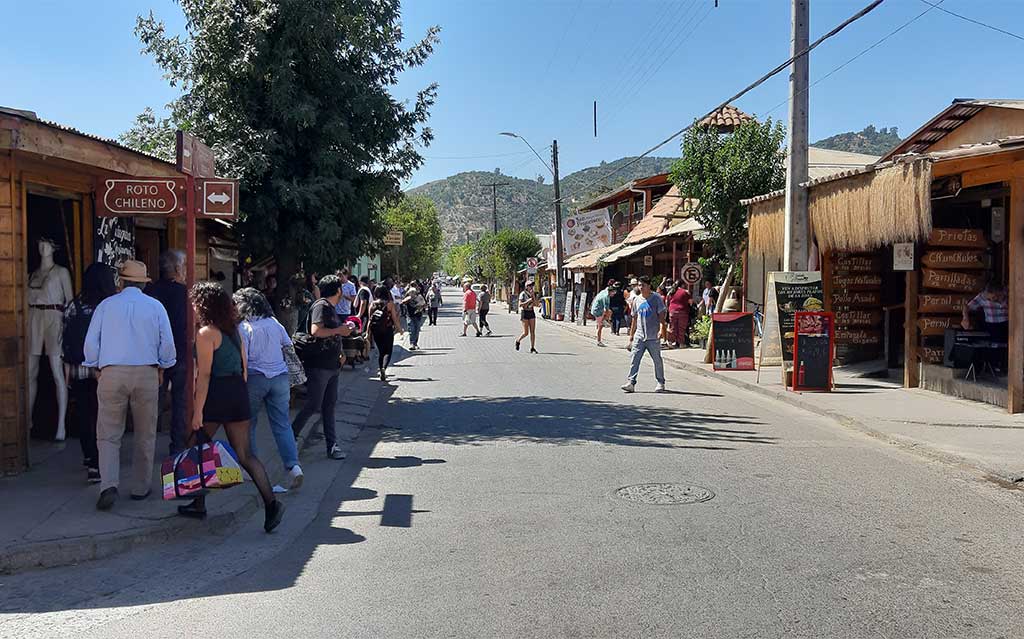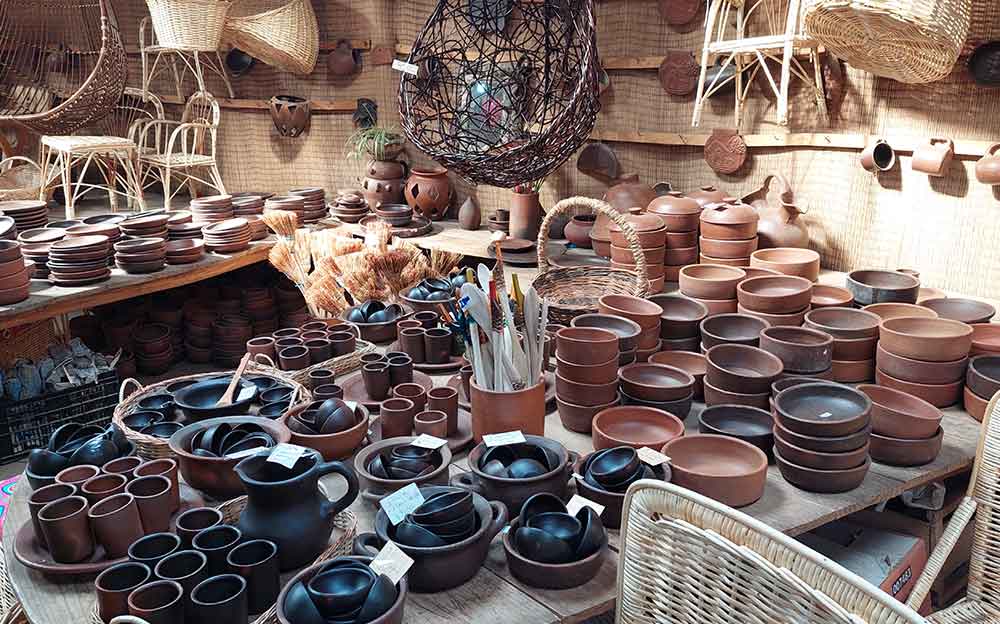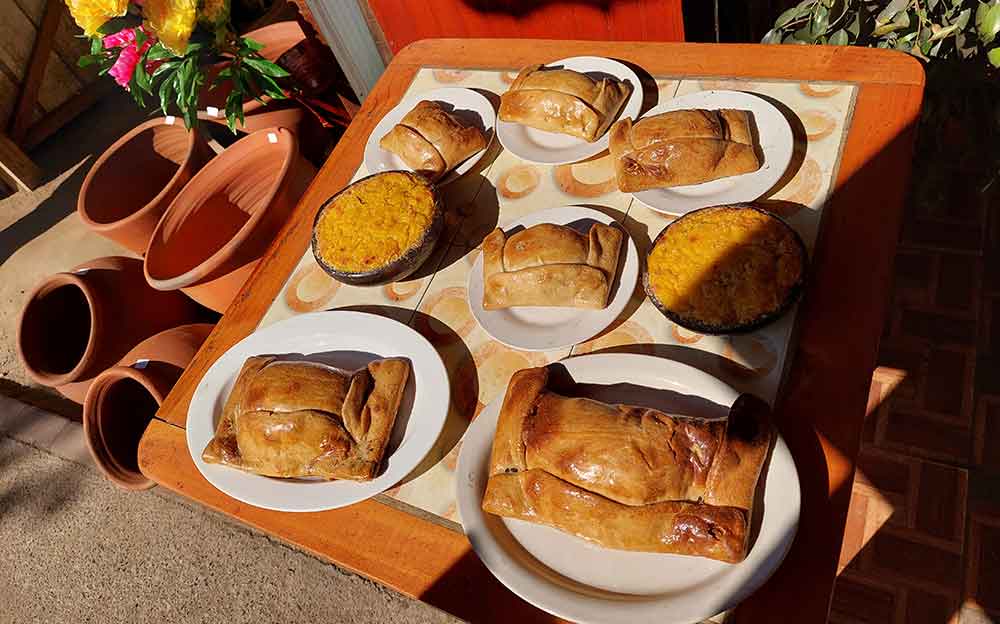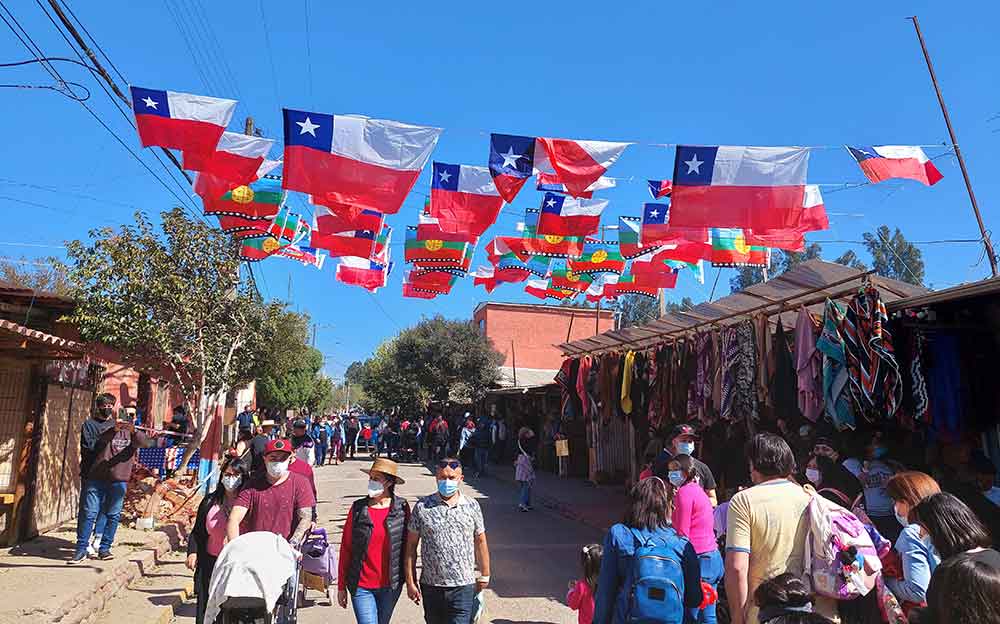On this private tour, experience the colorful seaside town of Isla Negra and the museum home of Nobel Prize in Poetry recipient Pablo Neruda. He was perhaps the most important Latin American poet of the 20th century.
Born in southern Chile in 1904, Neruda stirred controversy with his affiliation with the Communist Party and his outspoken support of Joseph Stalin, Fulgencio Batista and Fidel Castro. However, his poetic mastery was never in doubt, and for it he was awarded the Nobel Prize for Literature in 1971.
The coastal town of Isla Negra was originally called Las Gaviotas (The Seagulls). The poet renamed it “negra” (black) for the black color of the rocks and “isla” (island) because there he could isolate himself to write as if he were on an island.
On his return to Chile after teaching and writing poetry in Europe, in 1937, he was looking for a place to dedicate himself to writing his “Canto General”, a book about Latin American history and nature.
“The wild coast of Isla Negra, with the tumultuous ocean, allowed me to surrender with passion to the venture of my new song,” he wrote in his memoirs. “… It was in the afternoon, we arrived on horseback to those solitudes…,” remembered the poet, “…for the first time I felt the sting of the smell of the marine winter, a mixture of herbs and salty sand, seaweed and thistle…” There, Neruda purchased the lot of land with a lonely stone cabin built on it.
Neruda wrote describing the amazing view from his house, “The Pacific Ocean came out of the map. There was no place to put it. It was so big, wild and blue that it couldn’t be placed anywhere. That is why they left it in front of my window”.
Neruda was a fan of collections and those that he kept in this house are related to the sea, including ships inside bottles and seashells. Other collections include bottles of strange shapes, masks, antique shoes and smoking pipes.
New additions to the house started in 1965, all resembling the interior of a ship. He put a zinc roof on the addition to hear the “song of the rain” and evoke, the feelings of the house he lived in during his childhood, in the rainy south of Chile.
Neruda died in Santiago on September 23, 1973, just 12 days after the military coup of General Augusto Pinochet, with subsequent investigations exploring whether he might have been poisoned for his Communist leanings.
His remains returned to Isla Negra in 1992, where he lies beside the remains of his wife, Matilde Urrutia. In this way his request was fulfilled that he wrote 50 years before in his poem “Disposiciones”
“Companions, bury me in Isla Negra, / in front of the sea I know, to each wrinkled area of stones/ and to the waves that my lost eyes/ won’t go back to see…”
As you walk through his home you will gain fascinating insight into Neruda’s eccentric life and works.
We then travel to Pomaire, known for its interesting clay pottery and other handicrafts. Pomaire is a wonderful place to visit. This town became an artisan hot spot because of natural clay deposits in the nearby land, causing the pottery industry to boom here. Pomaire is also known for being the home of the largest “empanadas” in Chile!
This private tour is a great and relaxing day out of the city and a wonderful way to learn about Chile’s history and culture.
Please note:
(1) The order of sites visited may vary.
(2) The best time to visit Pomaire is on weekends since more shops will be open.
(3) Although this is a private tour with your own vehicle and guide, there may be other visitors at the Pablo Neruda Museum House in Isla Negra, which is beyond our control.


